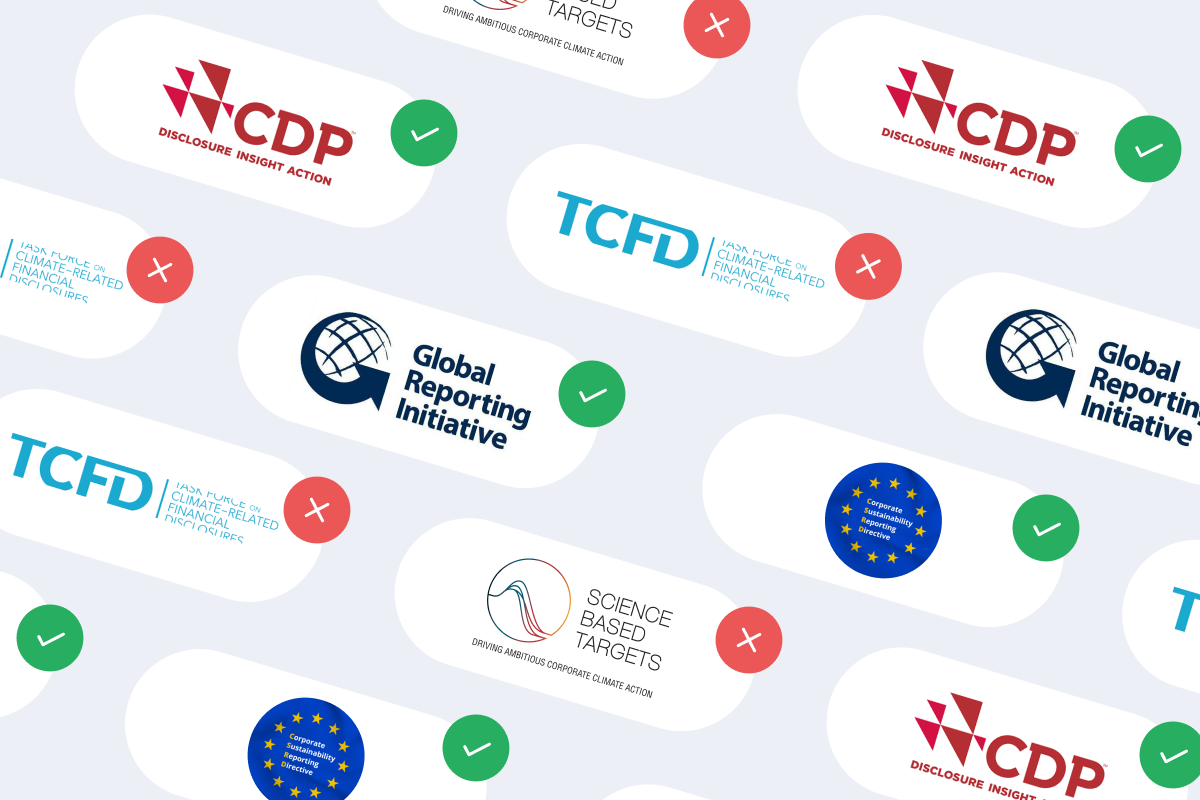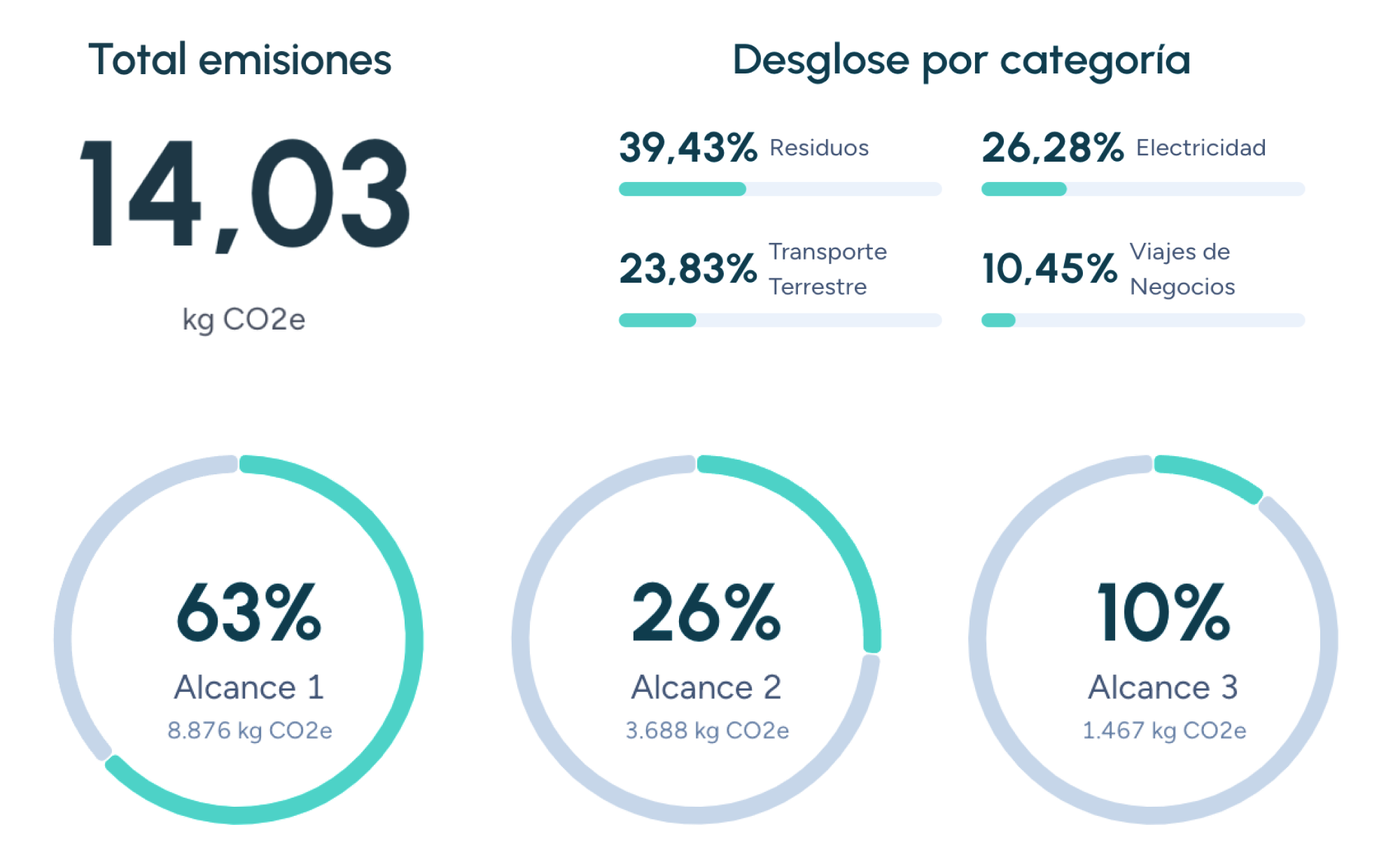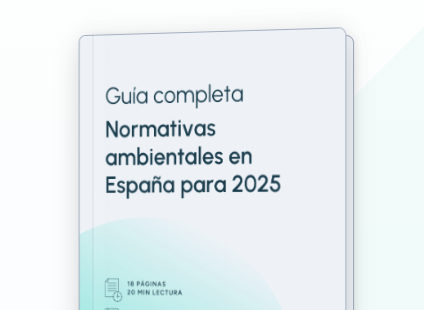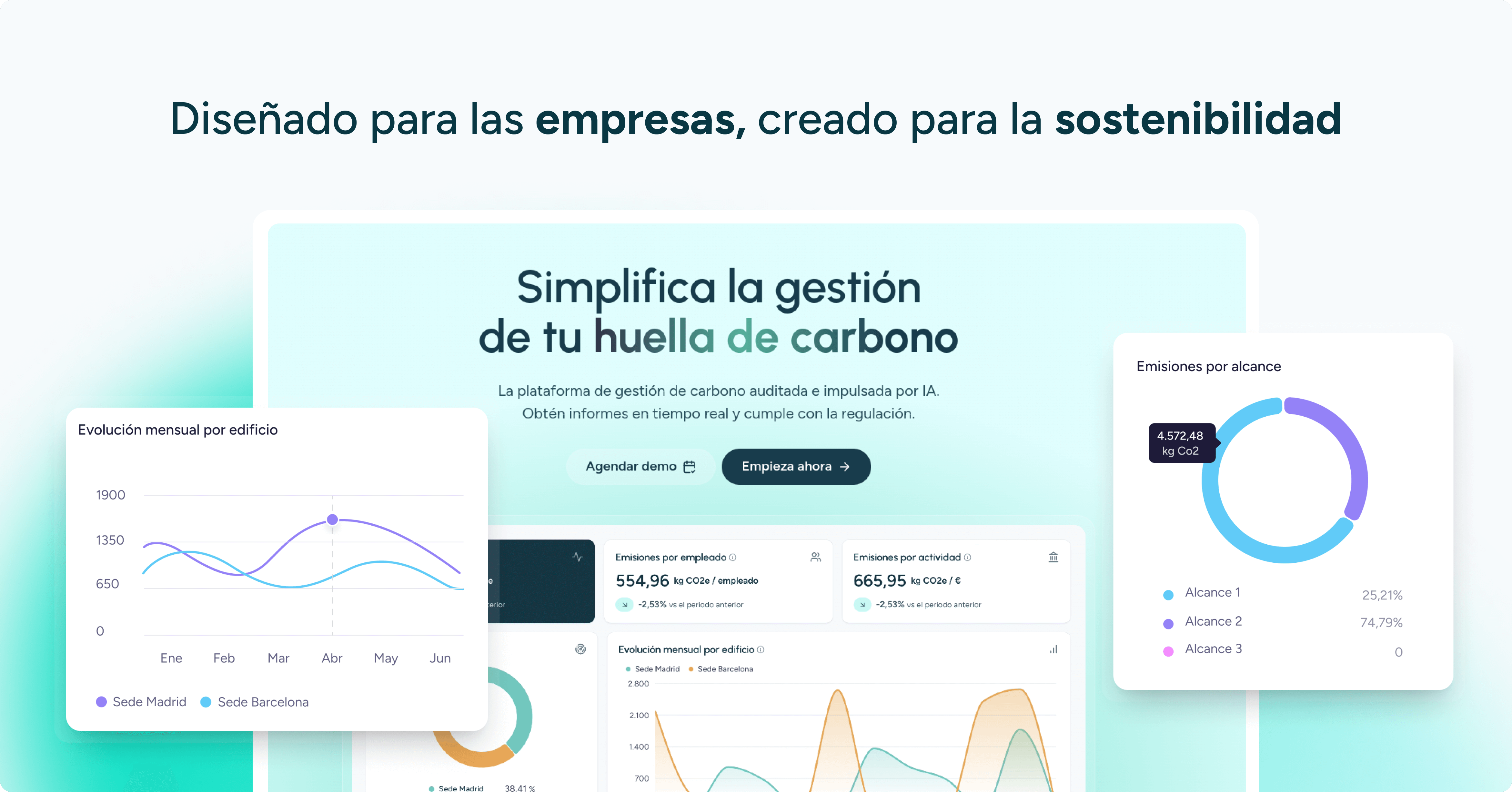Back to the blog
What is a Life Cycle Inventory (LCI) and How is it Used in Sustainability
Carolina Skarupa
Product Carbon Footprint Analyst
A Life Cycle Inventory (LCI) is the complete, quantified list of every flow of materials, energy, water, emissions, and waste that passes through a product system from raw-material extraction to end-of-life. Without a rigorous LCI, a Life Cycle Assessment (LCA) can drift by as much as 20 % and lose credibility with regulators, customers, and investors.
In this article you will discover what an LCI is and why it provides a competitive advantage in sustainability.
If you’d like to review LCA basics, see our article Life-Cycle Assessment: How to Evaluate a Product’s Environmental Impact. You can also dive deeper into Methods and Tools for Life-Cycle Assessment.
What information does an LCI contain?
An LCI records, in verifiable units, the tonnes of raw materials, kilowatt-hours of electricity, cubic metres of water, and kilograms of emissions or waste involved in every life-cycle stage—extraction, processing, distribution, use, and end-of-life. That traceability turns sustainability rhetoric into auditable metrics.
Why does an LCI determine the credibility of corporate sustainability?
An audited LCI is essential to corporate sustainability credibility because it drives uncertainty in carbon and water-footprint measurement down to minimal levels, increasing investor and customer trust. For example, ESG-aligned funds often offer more favourable terms to companies with a verified LCI.
Publishing an LCI can also boost brand reputation significantly; studies show manufacturers experience marked improvements in market positioning and perception after disclosing their inventories.
Steps to build a robust Life Cycle Inventory
Define scope and functional unit
Choose a cradle-to-grave boundary—for instance, one litre of paint. A flow diagram signed off by management removes gaps and overlaps.
Map processes and sub-processes
Draw a schematic with numbered nodes (injection, drying, packaging) that link later to meter readings and process sheets.
Collect primary data
Gather figures from flowmeters, energy meters, and plant SCADA systems. The energy mass balance error must be below 5 % to be coherent.
Add high-quality secondary data
Databases can cover stages without direct measurement, but should not exceed 50 % of the total if you aim for an Environmental Product Declaration (EPD).
Verify balances and document assumptions
A mass-energy balance with < 5 % deviation green-lights the inventory. Every assumption is recorded for the ISO 14044 audit.
Turning the LCI into a competitive edge
The LCI spots environmental “hot-spots” where impacts cluster, helping prioritise actions and doubling the return on improvement investments. It also quantifies eco-design—such as reducing packaging weight—which directly lowers associated emissions.
Reports backed by an audited LCI sail through sustainability audits and due-diligence reviews by bodies like CDP and Sustainalytics.
A robust LCI also strengthens a company’s hand in commercial negotiations by demonstrating environmental advantages over competitors.
Measure with Life Cycle Inventory and lead corporate sustainability strategy
The LCI transforms green promises into verifiable metrics. Integrating it into your roadmap lets you justify every euro spent on sustainability, secure cheaper financing, and—above all—differentiate your brand with irrefutable evidence.
You can complement the LCI with a corporate water footprint and eco-design strategies to lead with data, not assumptions.
FAQs about Life Cycle Inventory (LCI)
What is the difference between primary and secondary data?
Primary data are measured on-site, while secondary data come from recognised databases. An EPD requires at least half of the inventory to be primary.
How long does it take to compile an LCI?
A simple article takes four to six weeks; a complex system—such as an entire vehicle—can take three to six months.
Is specialised software needed?
Yes. Tools such as OpenLCA or SimaPro minimise errors and provide full traceability.
Can the work be outsourced?
A specialised consultancy typically shortens the timeline by about 35 % compared with an inexperienced internal team.
Carolina Skarupa
Product Carbon Footprint Analyst
About the author
Graduated in Industrial Engineering and Management from the Karlsruhe Institute of Technology, with a master’s degree in Environmental Management and Conservation from the University of Cádiz. I'm a Product Carbon Footprint Analyst at Manglai, advising clients on measuring their carbon footprint. I specialize in developing programs aimed at the Sustainable Development Goals for companies. My commitment to environmental preservation is key to the implementation of action plans within the corporate sector.
Content
Companies that already trust manglai



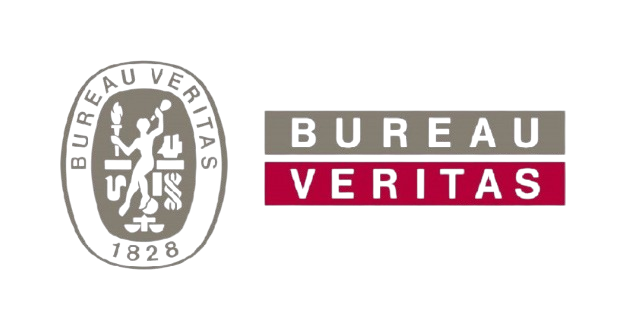

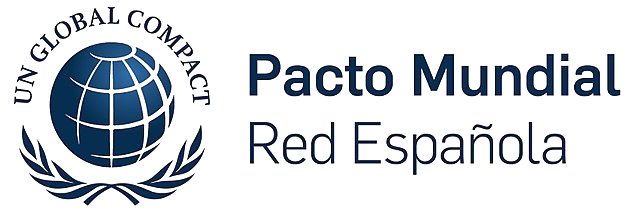








Real Decreto 1055/2022: Key aspects of EPR for commercial and industrial packaging in Spain
Discover how to comply with Real Decreto 1055/2022 and apply Extended Producer Responsibility (EPR) to commercial and industrial packaging.
20 October, 2025
Direct vs. Indirect Environmental Impact in Environmental Analysis: What’s the Difference?
Understand the distinction between direct and indirect impact in environmental analysis.
16 July, 2025
Environmental Transparency in Products: How to Communicate Sustainability for Responsible Consumption
Learn how product transparency drives sustainability and informed choice.
14 July, 2025
Guiding businesses towards net-zero emissions through AI-driven solutions.
© 2025 Manglai. All rights reserved
Política de Privacidad